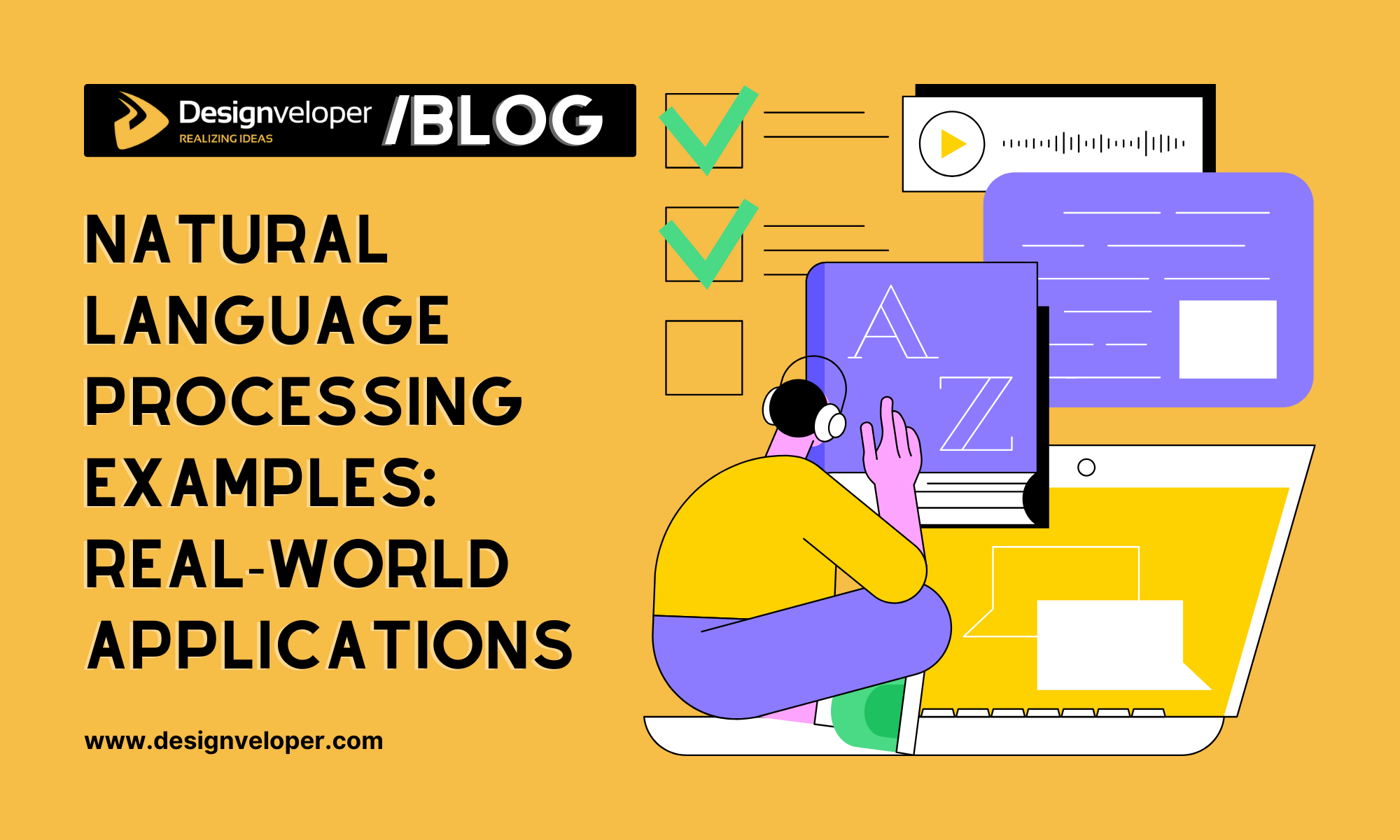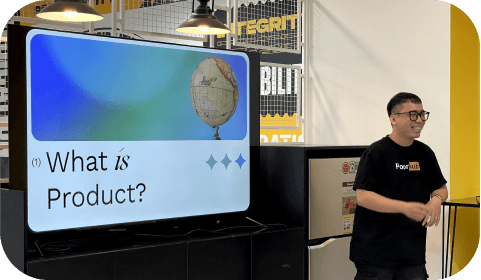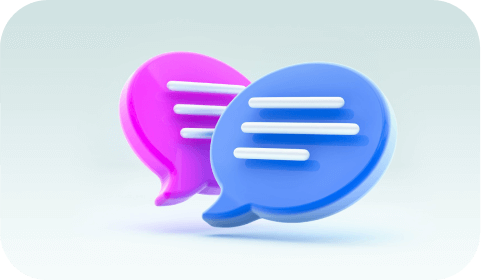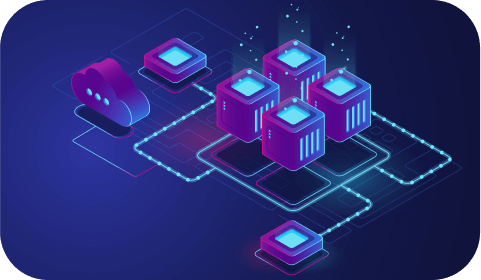Natural Language Processing Examples: 10 Real-World Applications

Natural Language Processing (NLP) is changing the way computers interpret and communicate with human language. There are many natural language processing examples, successful cases across the world from virtual assistants to sophisticated algorithms. The global NLP market revenue is to reach 37.1 billion in 2024, with a forecasted growth up to 328.8 billion in 2030. Because of this rapid growth, the NLP is gaining significance in various sectors.
For instance, healthcare represents 20% of the market for one application of NLP. Part of that is due to tools that use NLP to analyse the vast amount of medical data and assist with diagnostics and patient care. The field of automotive can serve as another example, because NLP can lower the customer support costs up to 30%. Moreover, NLP is also popular for social media monitoring, for analysis of opinions and inclinations of the customers.
It shows how powerful, versatile NLP is in solving real world scenarios. While the technology is still young, its applications continue to expand as the technology does and, as a result, this is likely to be an exciting field to watch in the future.
Healthcare: Patient Record Analysis and Summarization
Natural language processing (NLP) is bringing change in the healthcare arena by reading and summarizing the patient records. It improves the patient care and outcomes by providing healthcare providers with insight into volumes of unstructured data.
According to a recent report, the global NLP healthcare market is to reach $3.7 billion by 2025, due to a compound annual growth rate (CAGR) 20.5%.

A study in Nature Medicine, has also found that doctors perform worse than AI models in summarizing patients’ health records. Eight large language models were evaluated on four clinical summarization tasks and results demonstrate how NLP can substantially mitigate the administrative burden on clinicians.
A specific example of how NLP is in action is an AI that summarizes electronic health records (EHR). NLP extracts valuable information from medical histories, diagnoses and treatment plan to allow clinicians to make quick decisions. It can take the form of developing predictive models of patient risk for certain conditions to intervene early on and prevent conditions altogether.
Clinical decision support systems also uses NLP to give real time guidance to healthcare provider. Such systems help enhance the diagnosis accuracy and the treatment plan effectiveness.
Finance: Automated Financial Reporting
The finance industry is transforming thanks to natural language processing (NLP). Automated financial reporting is one of the most impactful applications. This is a technology that helps prepare financial reports fast and accurately without the use of manual data entry.
KPMG recently published a report that shows that 71% of companies now use AI in finance operations. This involves automated financial reporting that is gaining popularity as it is time efficient and accurate.
IBM and SAP are the companies presently leading this field. Watson is IBM’s AI enabled tool that can analyze large volumes of financial data and then generate comprehensive reports in minutes. Also, SAP’s S/4HANA system employs NLP for automated financial processes, which includes reporting.
Automated financial reporting not only saves you time but also gives you the final product in a much better shape. The advantage of this is that companies can react better to market changes and make decisions faster by using such information.
Customer Service: Automated Email Sorting and Response
Automating email sorting and response has been one of the ways that natural language processing (NLP) is changing customer service. This application of NLP helps improve efficiency in handling customer inquiries.
Current stats indicate that more than 40 percent of firms are beginning to see email sorting and response as marketing automation. The trend behind this is due to the handling of high volumes of customer emails.
NLP is used in automated email sorting to classify emails by content and based on how urgent they are. A request for a refund will be responded to immediately perhaps while a general inquiry may be directed somewhere else.

Another important feature is that they are able to generate automated responses. NLP algorithms can respond to common customer questions by picking up the cues from a customer’s query and generate replies, which reduces the response time and frees up human agents for more complex tasks.
These tools are favorites of industry leaders like HubSpot and Ascend2. It proves that email marketing is still a viable tool since 79% of marketing influencers indicated that automated emails improve their performance.
Examples include companies such as Amazon and Zappos who use NLP to ensure management of customer service emails. They have seen significant improvements in customer satisfaction and operational efficiency of these companies.
E-commerce: Voice Search Optimization
Voice Search is becoming popular among users, and thus, a trending technique that the e-commerce businesses are relying on to optimize the platform is Natural Language Processing (NLP). This belief has given some solid credibility, though, as a report by Statista shows that it predicts voice commerce is only going to continue growing. With this change towards voice search a buzz, businesses need to change the way they improve their SEO with conversational queries.
Optimizing content for longtail keywords and natural language phrases is one major strategic approach. As an example, not trying to rank for running shoes vs. targeting something like “where can i buy running shoes near me”. Communicating in this approach is how people naturally speak when doing voice search. Additionally, formatting the data into structured data and having a FAQ page that responds easily to VoiceSearch will increase response accuracy and visibility in results.
Great real world examples of NLP used in voice search optimization for SEO would be companies like Amazon or Google, that are using NLP to improve product discovery and recommendations. Through the analysis of user queries and the delivering of personalized responses to their customers, these companies have improved the level of customer satisfaction and number of sales.
Education: Essay Scoring and Feedback
Natural language processing examples are transforming the education sector, particularly in essay scoring and feedback. Advances over the years have resulted in creation of algorithms which are now able to evaluate written assignments with almost no error.
For instance, it is popular in automated essay scoring systems. Here these systems evaluate the students’ essays to give an instant feedback on grammar, coherence and overall quality. The automated essay scoring can help the teachers cut through the grading workload by around 50%, notes a study published in the Journal of Educational Technology & Society. However, this enables educators to spend more of their time personalized instruction and student engagement.

In addition, feedback tools based on NLP do provide specific guidelines for improvement and particular revision recommendations. For example, the writing assistant, Grammarly, makes use of NLP to recognize grammatical errors, enhance readability, as well as recommend stylistic changes. Feedback of this kind is invaluable to the student because it can help the student understand their mistakes to learn from those.
Also, NLP can help detect plagiarism in academic work, in addition to the automatic scoring. For example, there are tools like Turnitin that use the NLP algorithm to compare students’ work with an enormous amount of academic content to avoid plagiarism. Besides they ensure a high standard in education and make students realize that originality in their work is a vital factor.
However, the challenges for integrating NLP in education are not few. Paying attention to ensuring the accuracy and fairness of automated scoring systems is being done. Nevertheless, the potential for NLP to impact educational quality is enormous in the era of constantly changing technology.
Content Creation: SEO Content Suggestions
Among the best natural language processing examples is how NLP is making the process of creating SEO content better for search engines. With this technology, it allows you to produce content that will relate to a user’s intent, thereby improving search ranking as well as user experience.
The latest of the statistics indicates that by 2024, the NLP global market is to reach $37.1 billion with a CAGR of 33.1% from 2022 to 2030. This is a result of the increasing importance of NLP in many industries and especially in SEO.
NLP tools like Google’s BERT (Bidirectional Encoder Representations from Transformers), and OpenAI’s GPT-4 are revolutionizing content optimization. They assist in reasoning and understanding the context of search queries in order for content creators to create more relevant and compelling content. For example, BERT takes the entire context of a sentence into consideration rather than words, to best understand user intent.
Almost 72% of firms intend to integrate NLP technologies in customer-oriented roles by 2025, according to another report. So, this reflects the increasing use of NLP to improve customer interactions as well as the SEO strategy.
In reality, one can use NLP to optimize the content for voice search, one of the fast growing fragments of search queries. Content that answers common questions in a conversational tone makes it easier for Siri and Google Assistant to understand and provide an accurate response (or several possible responses).
Additionally, NLP is useful for sentiment analysis of a product or service to quantify the overall feeling of the customers regarding a company’s products or services. Since a company can analyze customer reviews and feedback, they can cater to customers and increase customer satisfaction with the content.
Social Media: Automated Moderation of Comments
In managing the huge volume of user generated content, social media platforms are progressively falling back on automated moderation through comments. NLP is a key application to detect and remove offensive content like hate speech, misinformation, and spam. Now, AI systems moderate 67% of in game chats regarding inappropriate behavior based on recent statistics. As the volume of comments that get posted daily grows, automation becomes the answer because we need solutions which scale.
One of the most notable ones is Facebook, which exploits AI algorithms to automatically remove comments that contain any of the community guideline violations. The AI moderation tools on the platform can review content at a rate greater than what human moderators can do and filter and take action in real time. Besides, it contributes to keeping the online environment safer and to relieving human moderators from excessive work.

The report by Oversight Board stresses on embedding human rights considerations into AI moderation systems. The report states that although automation can improve content moderation, it has to avoid biases and be fair. This is especially crucial as AI in content moderation is to see a tremendous rise in market share.
Translation Services: Industry-Specific Translations
Natural language processing examples are transforming translation services across various industries. The NLP market at the global level is to reach $37.1 billion by 2024, and industry specifics are going to be a key player in all this. They give accuracy and compliance, essential to units like healthcare, the legal industry, or the technical domain.
NLP based translations can help in healthcare to translate clinical trial documents and patients’ records; this is useful for clear communication and adherence to rules and regulations. For example, Propio has medical translation services for specialized translation of medical documents for, with the precision that it needs and the confidentiality it wants.
Also, NLP translations can find usage in the legal industry since translation of contracts and patents needs to be done properly. The use of NLP tools to create and maintain legal terminology helps control the integrity of legal terminology and diminishes the likelihood of errors of understanding. Further, the technical sector is dependent on NLP for translating user manual and safety data sheets which come in handy for global businesses.
For example, the financial sector uses NLP for translations of reports and investment papers to avoid incorrect translations of financial information. This precision is essential for international movement of funds and for meeting global financial standards.
Legal: Contract Analysis and Extraction
The legal field is seeing the impact of natural language processing (NLP) for use in contract analysis and extraction. NLP tools perform the automation of extracting the key provisions, clauses, and the obligations from contracts that lead to saving time and increasing accuracy when reviewing contracts.
One of the key applications is Named Entity Recognition (NER), where the goal is to locate and label such phrases as parties involved, dates, monetary values, etc. Effective organization of contract data is very important, and this technique is key for achieving that. Text classification also allows for classifying text passages into pre-defined labels making the review process easier.

Finally, NLP plays a role in risk management by identifying risk phrases and entities, as well as helping you to comply with regulatory requirements, and to analyse the data to extract insights regarding trends and obligations.
Entertainment: Subtitles and Closed Captions for Movies and TV Shows
One of the best natural language processing examples can be found in the entertainment industry, particularly in the application of subtitles and closed captions for movies and TV shows. According to latest statistics,most viewers tend to complete a video with subtitles which contribute towards the viewer engagement. In fact, this trend is more pronounced with younger audiences, where 80% of Gen Z viewers watch videos with sound off.
Accurate, current subtitles are easier to generate through NLP. Thus, for instance, on YouTube, views increased by 7.32% after the presence of subtitles. Therefore, because the NLP can automatically transcribe spoken dialogue, it can reach a broader audience, including the hearing impaired and viewers in a noisy setting.
In addition, NLP is improving the personalization of subtitles too. Streaming services can tailor the viewing experience and provide subtitles in many languages by taking into account what their viewers want and watch. The great part of this is that it improves accessibility but enhances viewer satisfaction and retention.
Conclusion
Natural language processing (NLP) is making the machine understand and respond to human language, and is transforming various industries. Natural language processing examples are everywhere from chatbot enhancing customer service, translation tools that help overcome language barriers, to a ton of other use cases. The NLP market, which is estimated at USD 11.6 billion in 2020, is predicted to grow to USD 35.1 billion by 2026, which means there is a quick adoption in this sector.
For instance, NLP has been successfully applied in many projects at Designveloper, including creating smart chatbots for e-commerce websites and building excellent language translation tools for clients around the world. The more technology progresses, the more NLP will help in innovative ways, allowing us to flow more naturally with machines. Choose Designveloper to be the ally in implementing NLP for your business purposes.

















































